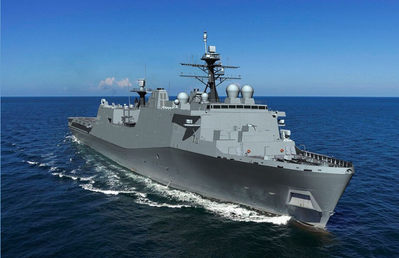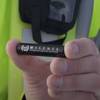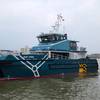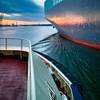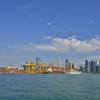Fairbanks Morse Wins Contract to Supply Main Engines for LPD 31
U.S.-based Fairbanks Morse said it has been awarded a purchase order by Huntington Ingalls Industries (HII) to build and deliver the four main propulsion diesel engines that will power the U.S. Navy’s newest San Antonio Class Landing Platform/Dock (LPD) ship, LPD 31. The ship is the second of 13 in the LPD Flight II class of ships.
The four sequentially turbocharged 16-cylinder FM | Colt-Pielstick PC 2.5 diesel engines feature common rail fuel injection technology and will deliver over 31 MW of propulsion power. The common rail system technology uses a high-pressure fuel header, high-pressure pumps, electronically controlled fuel delivery, an electronic governing system and a new control system to deliver the optimal amount of fuel. Among the largest medium-speed diesel engines manufactured in the U.S., they will allow the LPD 31 to cruise at speeds over 22 knots. The engines will be in Beloit, Wis. and delivered to HII's Ingalls Shipbuilding division in Pascagoula, Miss. where Fairbanks Morse will support the installation, testing and sea trials.
“We are proud to carry on our tradition of supplying the U.S. Navy with the critical components of our fleet. We make every engine with care, knowing that our service members rely on them to perform their duty,” said Fairbanks Morse CEO George Whittier.
The U.S. Navy and the U.S. Coast Guard have turned to Fairbanks Morse for over 70 years to provide quality diesel engines for marine propulsion and ship service systems. Today, Fairbanks Morse engines are installed on approximately 80% of U.S. Navy ships that have a medium speed power application.
Based on the existing San Antonio-class hull, the LPD Flight II design has been modified with several additional features including an improved flight deck, a well deck, hospital facilities and defensive features. The LPD Flight II ships also have sufficient vehicle and cargo capacities to support and sustain more than 500 combat-equipped Marines for up to 30 days.
“The LPD Flight II ships will be a critical part of the Navy’s expeditionary warfare mission set, which includes opposed landings, and we take great pride in making engines that may go in harm’s way. Because of the common rail fuel injection technology that goes into each engine, we are able to reduce lifetime operation and maintenance costs by increasing fuel efficiency and decreasing emissions,” Whittier said.



